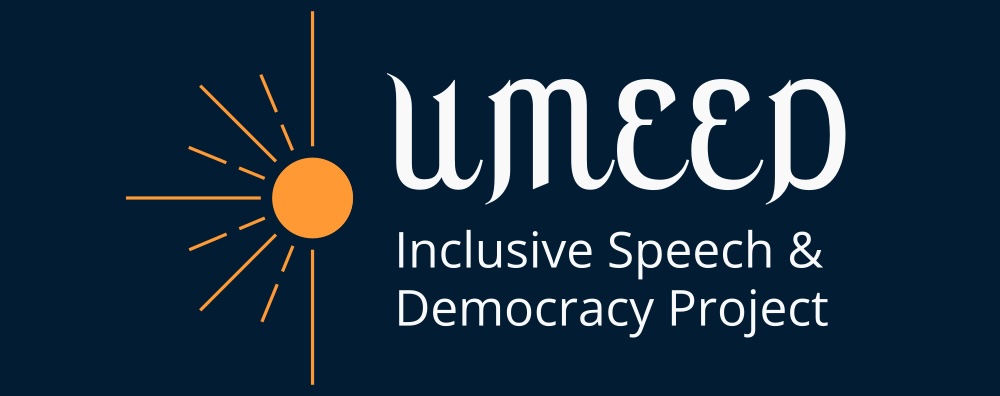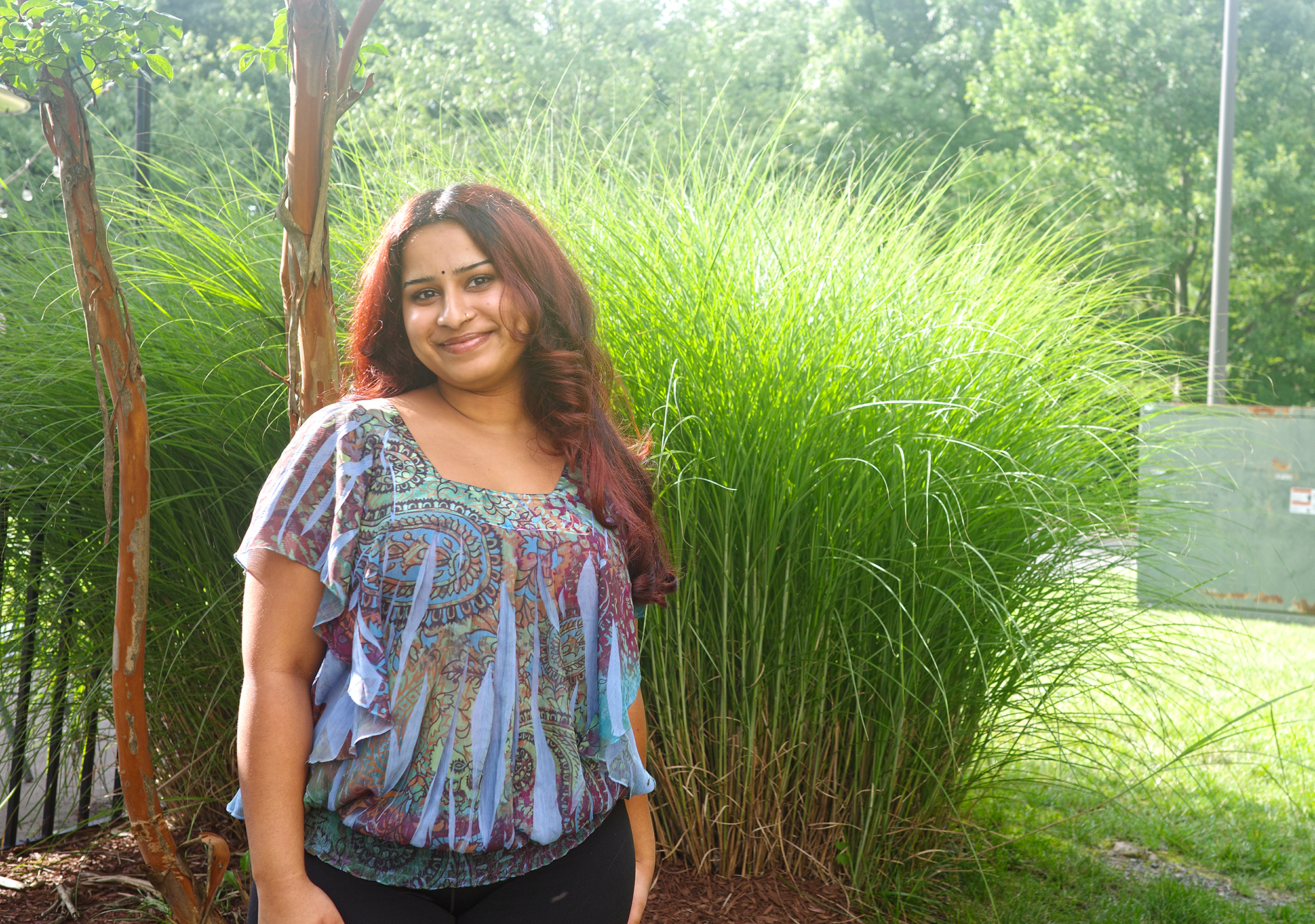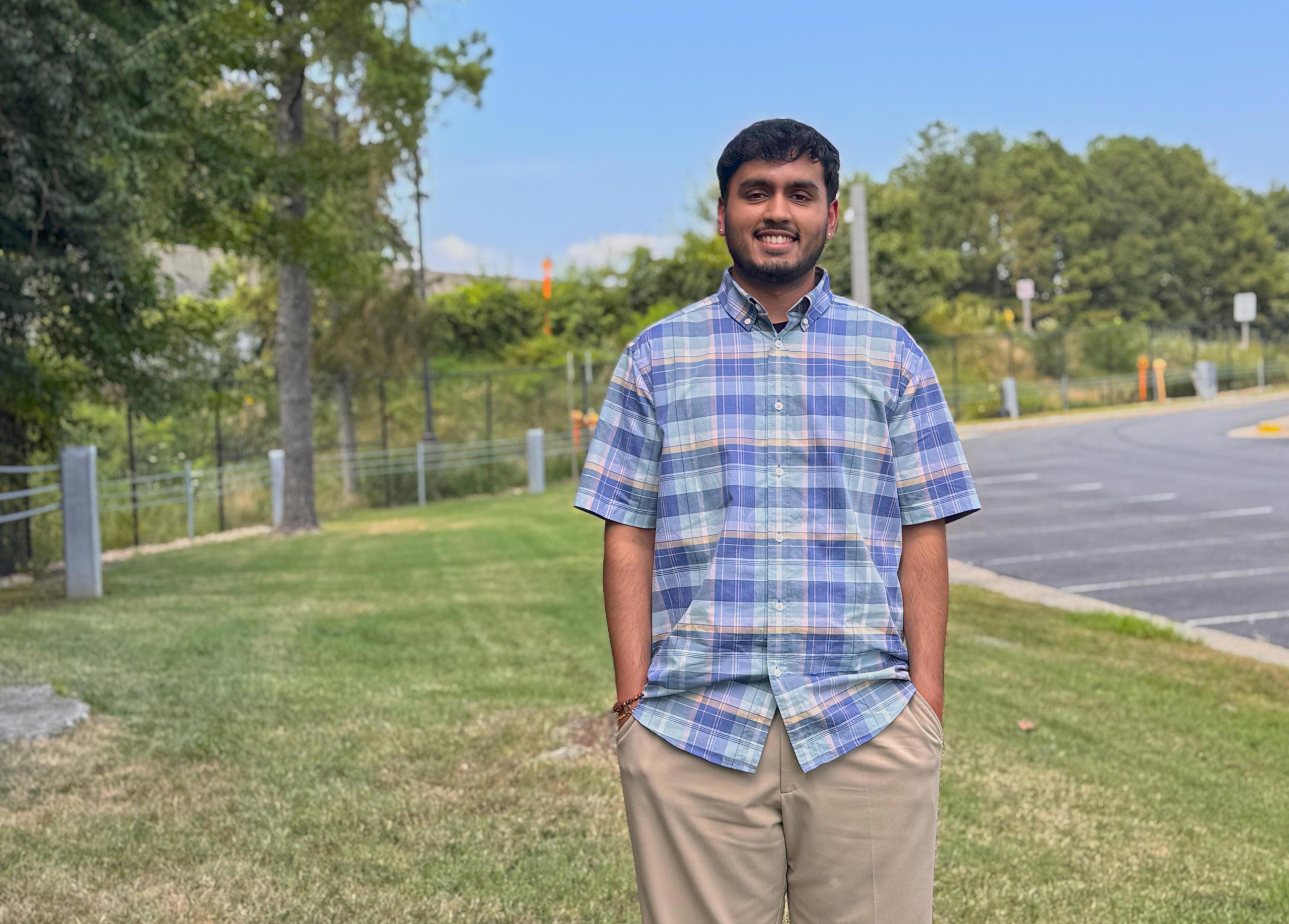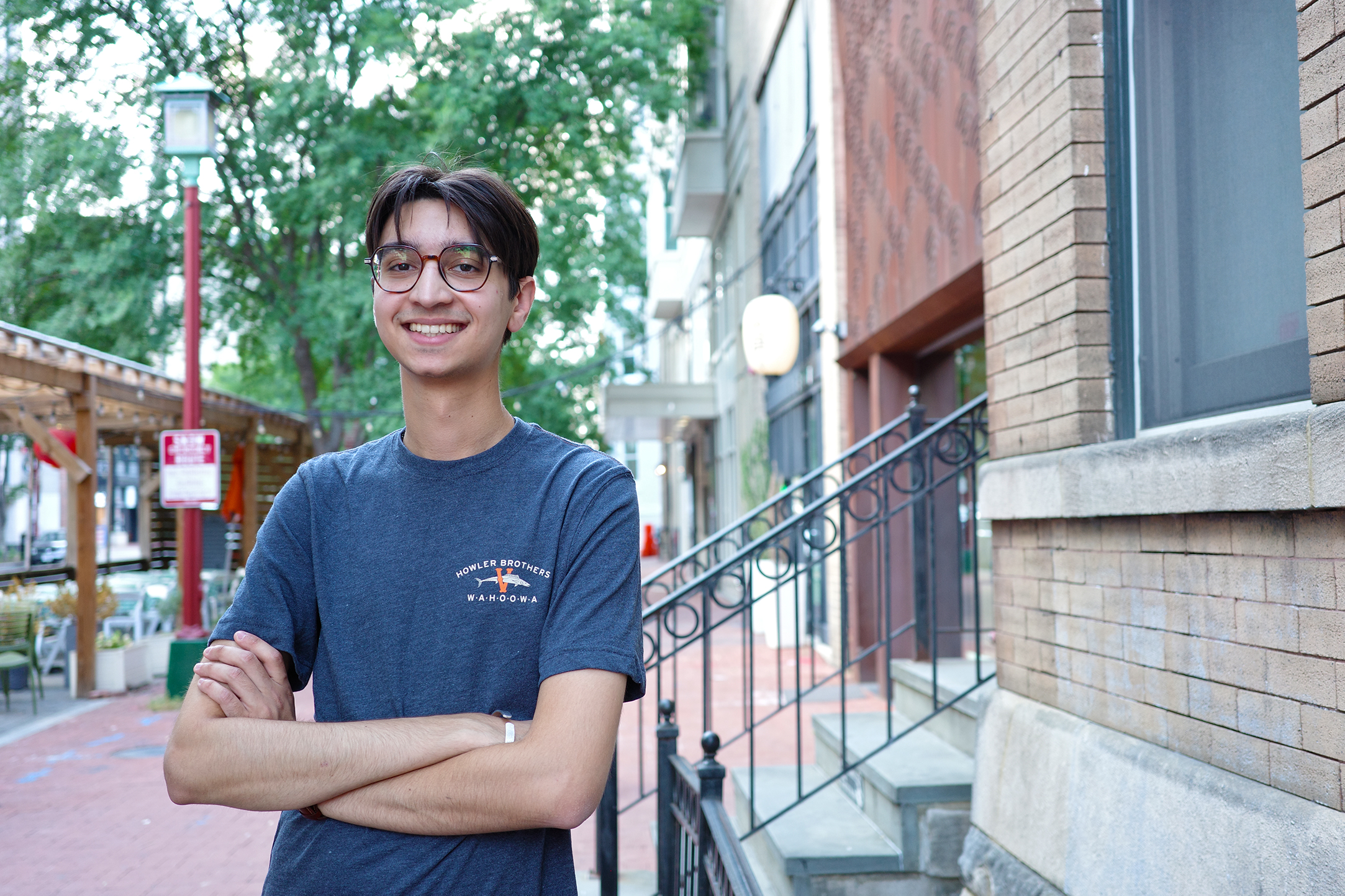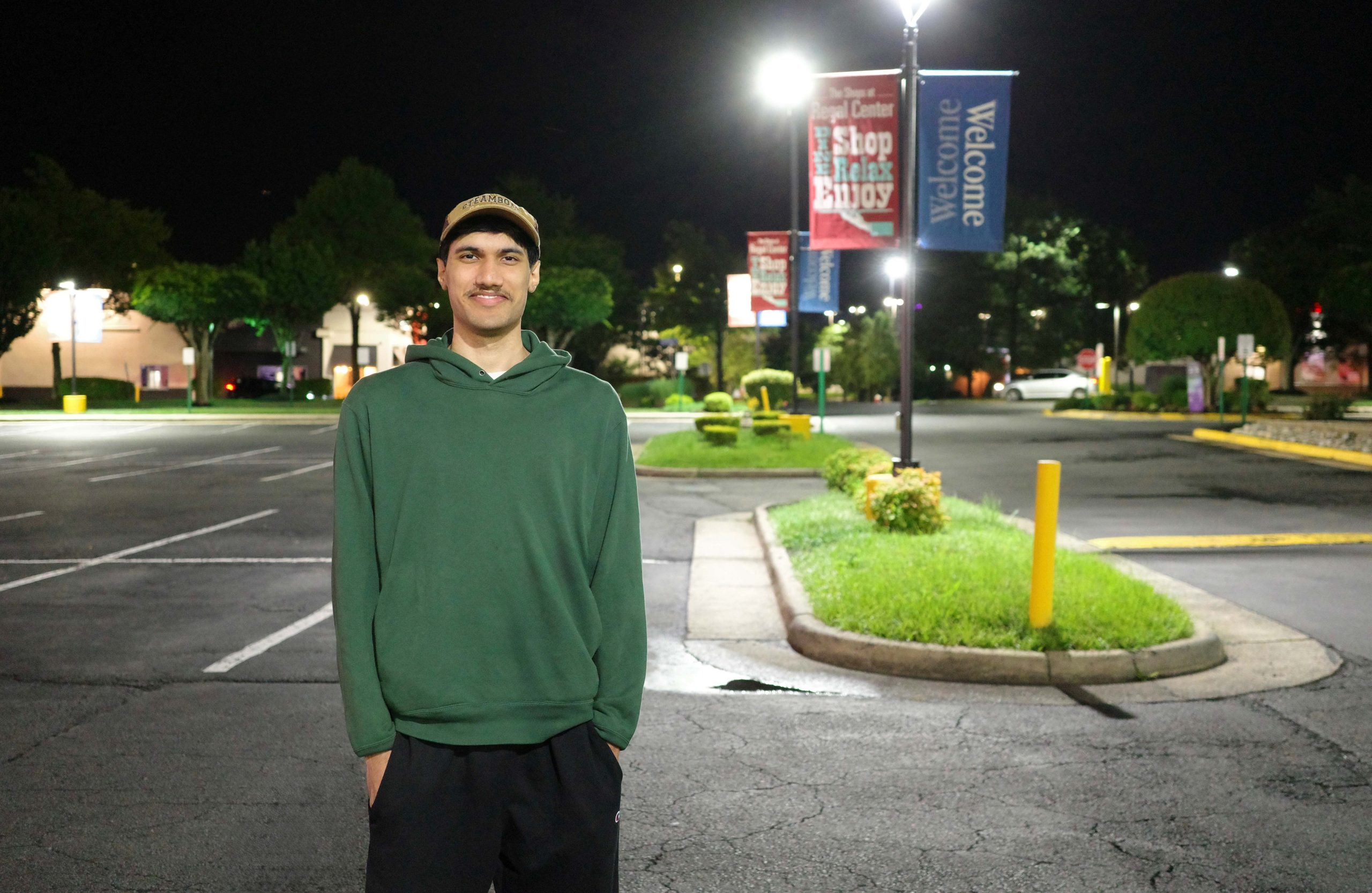While I did not grow up in India, my hometown of Ashburn served as a “Little India” for my entire life. Ashburn is a bubble of seeing families that looked exactly like mine and even spoke the same language I did. While this brought unequivocal experiences in language, culture, and community, there was always one challenge that remained: the culture of being Indian versus being Indian-American. Piecing together the values that shape each of my unique identities as a second-generation citizen is an uphill battle I am constantly at a crossroads with. Ashburn as a place is not somewhere I feel particularly tied to, however, the people that contributed to the “effort-full” community I live in.
The delicate balance of the unique position of being a second generation Indian American comes from a combination of cultures and values that shape how tied I am to my future identity. In South Asia, there is a collectivist culture. Everyone contributes to the whole. In America, however, the individualistic desire for self-fulfillment outweighs the goals of the collective.
Similarly, in Indian culture expectations are pre-set and pre-defined. I know exactly the part that I am expected to play. Whereas the seesaw of values that exist within the gray area of being second gen in the US allows me to create an identity that is entirely my own and defined by my own terms of belonging and satisfaction. And after the balancing act comes the juggling act.
University has allowed me to create the pathway to defining myself as an individual apart from my community. Instead of being at an intersection of my identities of Indian-American and Indian, I find myself juggling the conscious effort in the differences of my identity at home in the “bubble” and my identity at college which is another bubble, but a different one than the one I grew up in. Similar to my hometown of Ashburn, it’s the people who make the community truly effort full, starting with those I choose to surround myself with.
My friends are all of different faiths, backgrounds, and ethnicities. What I learned over time is the common ground in values that exists between faiths. My roommate, Sophie, grew up Christian and a shared experience we found friendship in was being raised in a particular religion but finding truth in separating ourselves from our respective religions.
At Virginia Commonwealth University, I never felt confined to my identity as Indian-American. Instead, I found community within the Pakistani and Bangladeshi student associations. Whether it was attending iftar dinners for Eid or participating in a mock wedding organized by the Bangladeshi Student Association, I was able to support my friends while building connections with people from different cultural backgrounds. When the Pakistani Student Association invited me to join their event, where I wore desi clothes on campus for the first time and shared meals with other South Asian students, I discovered a sense of belonging and home at my university.
I hope we approach things with an open mind, willing to learn about and experience different cultures. We’re not as different as we imagine, and I would have missed out on so many meaningful experiences and lifelong friendships if I hadn’t taken the leap, joining a club or getting to know people from backgrounds different from my own.
In India, we so often create an “us versus them” mentality that needs to be shed in order for progress to be made. In an ideal world, I hope we can set aside our religious identities for a moment and become more accepting of those who are different from us. I believe that if more people stepped out of their comfort zones and took the time to get to know one another, we could begin to humanize each other and start paving the road toward understanding.
Starting in our own neighborhoods, we can begin by holding more community-based events and promoting a culture that supports and celebrates what makes us different. In both India and the US, a political shift is needed. In India, the main issue is that hate speech and division are being pushed by high-ranking political figures, making top-down reform essential to address the widespread discord. In the US, we need a bottom-up approach, beginning with community and grassroots organizing to create a paradigmatic shift in how we think about and relate to one another. That change has already begun, and by continuing to empower young voices that speak out against the misinformation plaguing older generations, the possibilities for redefining cultural or interfaith relations are limitless.
